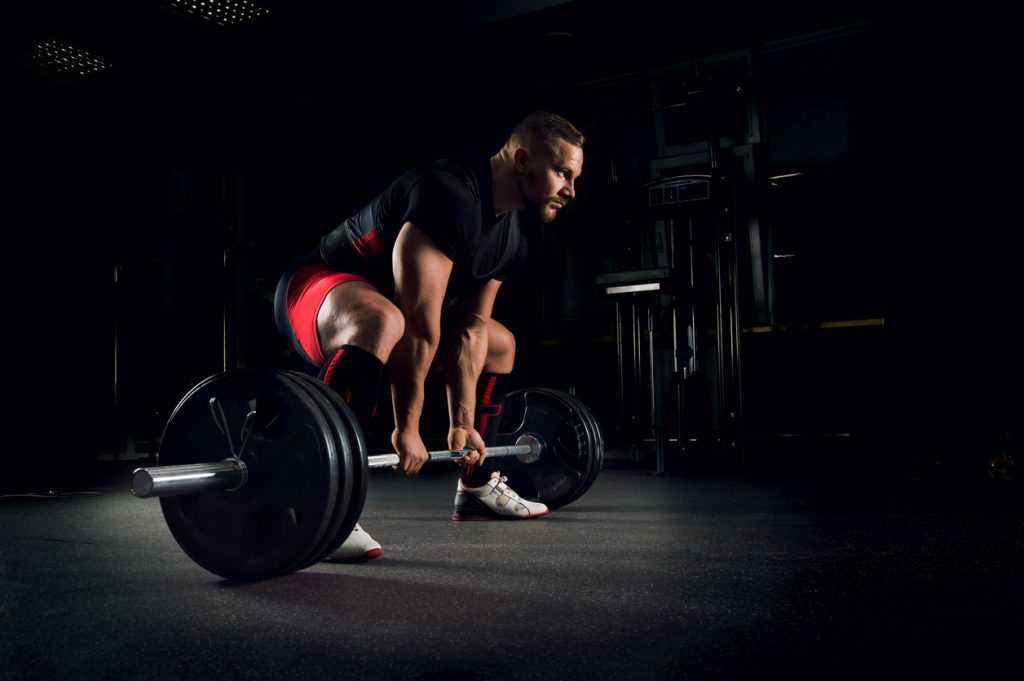Summary
Deadlifting: Sumo vs. Regular
What is a deadlift? The debate over whether a sumo or standard deadlift (a leg workout) is superior continues to rage. In reality, there is no preferable or simpler approach. The optimal deadlift method for you is the one that takes into account your unique anatomy and the relative strength and flexibility of your muscles. You should also consider your bodybuilding objectives before making this decision. But keep in mind that the usual method has been used to set the deadlift records.
Distinctive features of sumo as opposed to traditional styles
There are benefits and drawbacks to each approach. In truth, it all depends on your physiological qualities like your body type and mobility as well as your physical strengths and limitations. That is to say, you need to think about things like your hip anatomy and segment length before deciding on a technique. Then there are the objectives, or the muscles you hope to strengthen.
To determine which method is best for you, you should train in both at equal intensity for a considerable amount of time. For instance, at first, you might do the regular SDT as your primary and the Sumo SDT as your secondary, but as you progress, you might switch these roles around. The goal is to increase muscle mass by whichever means are most convenient for you.
It would be quite challenging to recommend a method based on hip form alone. There are numerous various hip forms, depending on the size, depth, angulation and rotation of the femur. The best course of action is to try out the aforementioned paired activities.
People usually choose based on mechanical criteria, such as “the sumo style is easier because the movement of the arms carrying the bar is closer to the body’s center of gravity.” The thought occurs to them. A naive examination of the location would focus just on the angular displacement of the lever arm. Mobility and the relative physical strengths and limitations of each individual are two additional factors that must be taken into account.
Over the course of several months of alternating between these two deadlift techniques, you will get insight into your unique muscle strengths and limitations. You have a deficiency in your posterior chain if you perform better at sub-maximum loads with the standard SDT but can lift maximal weights to a greater level with the SDT Sumo. On the other side, your thighs would be your weak point if your Sumo SDT performance was better with submaximal loads while your SDT performance was greater with maximum loads.
Variations on the Deadlift
There are, indeed, alternatives to the standard and sumo deadlifts. One of these is the Romanian deadlift, in which you simply need to bend at the knees to get the bar over your thighs. The hamstrings, rather than the back muscles, are used in the Romanian deadlift. The hack lift is another variation on the TDS that involves performing the lift with the bar behind the back. The quadriceps are targeted specifically. First-timers to the deadlift should start with a banded variation. The elastic bands serve as an efficient means of providing increasing resistance.
Feel free to test various variants of the deadlift to find the method that helps you to master the deadlift. You may attain your muscle-building goals by using any combination of the above.
